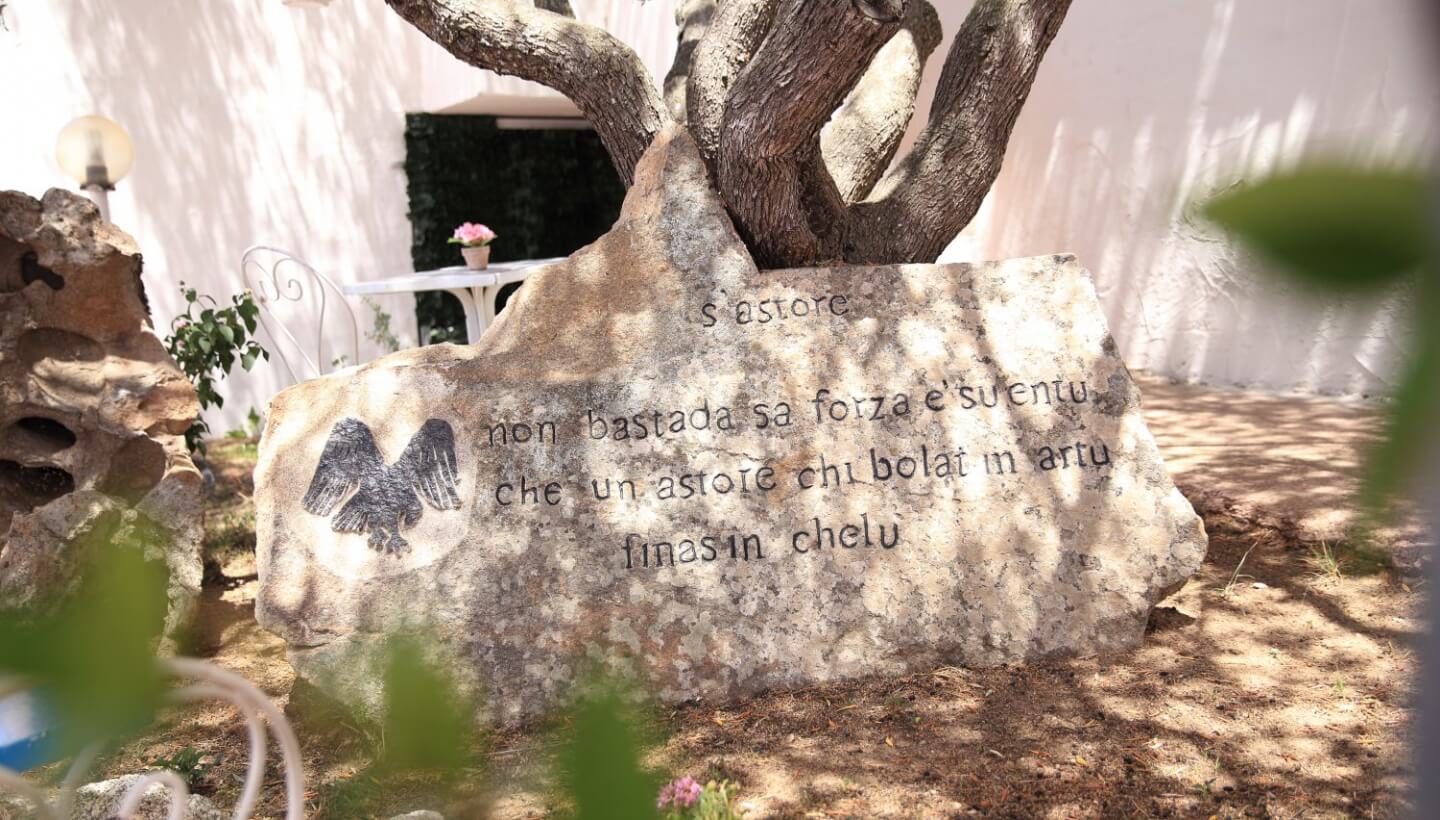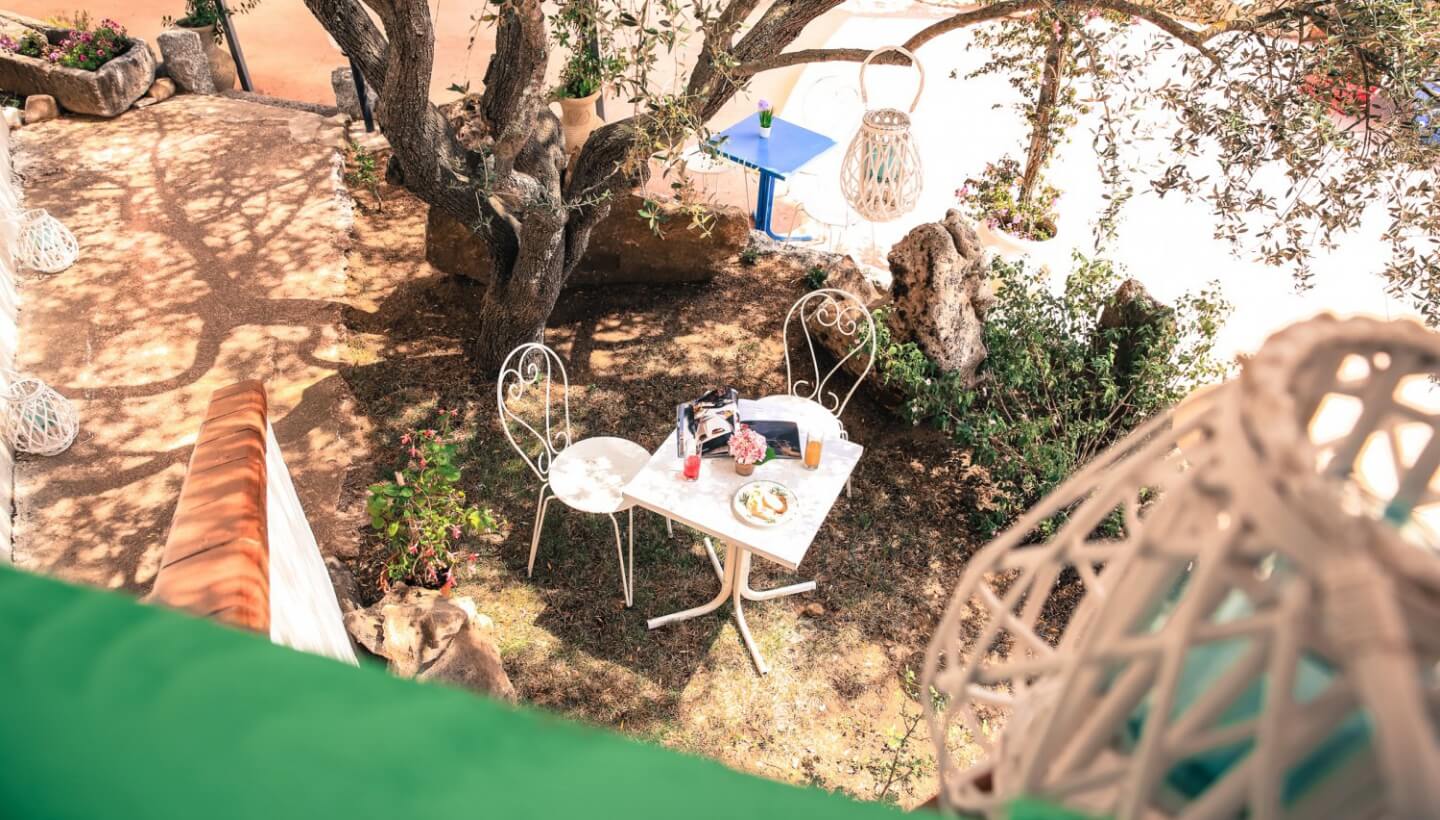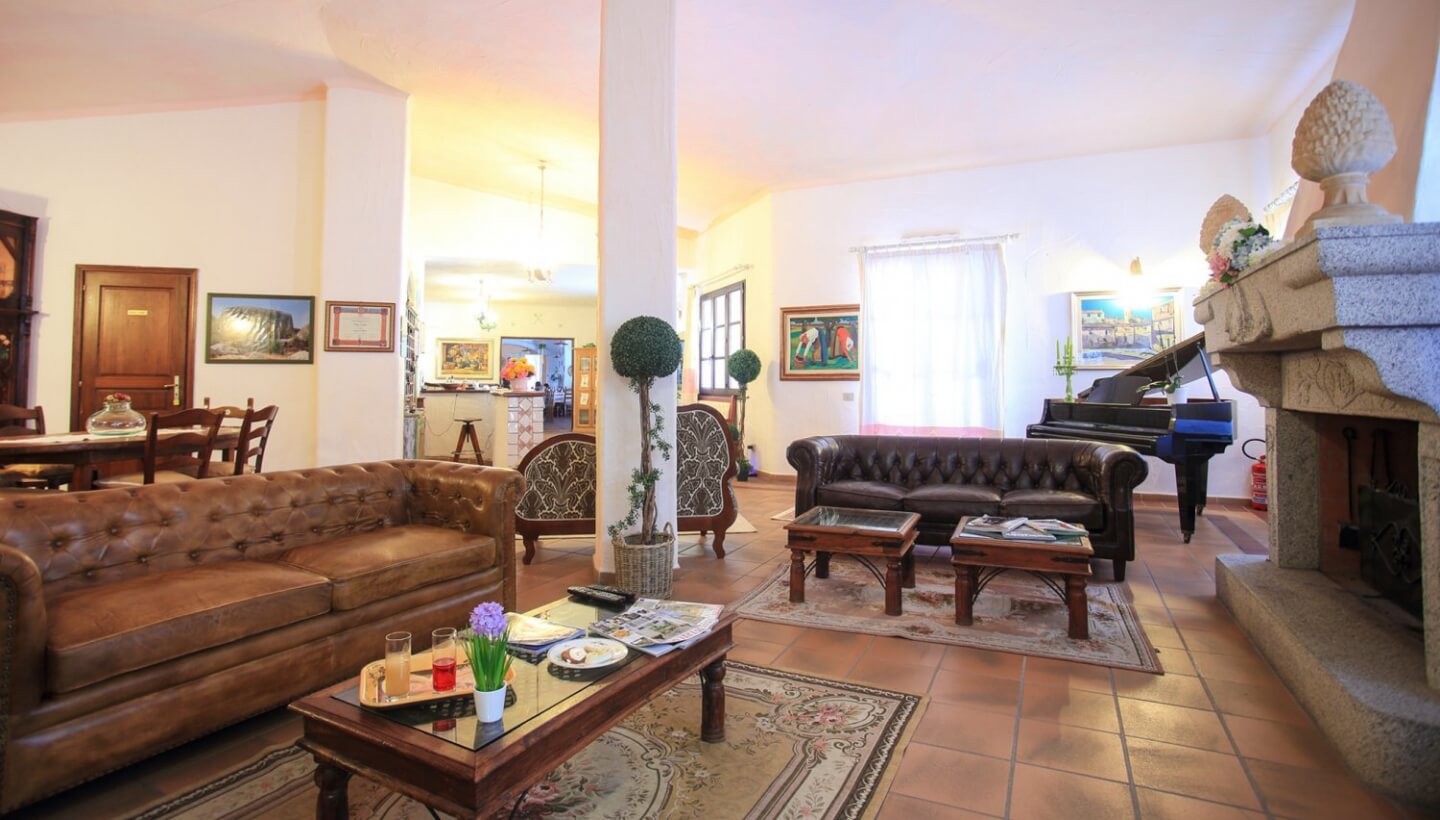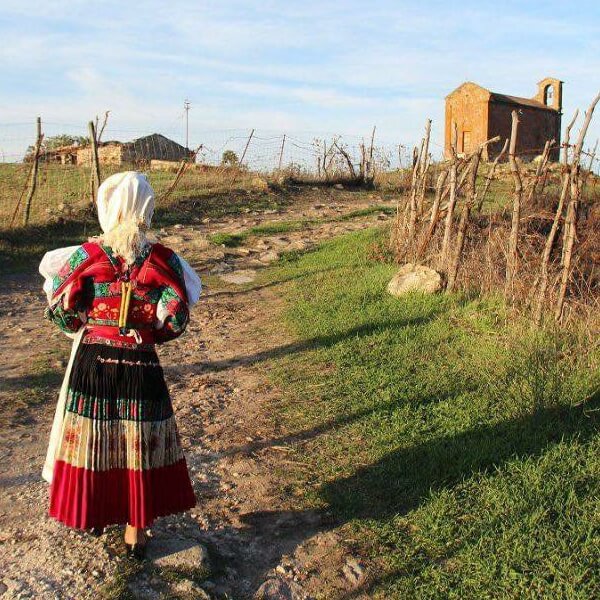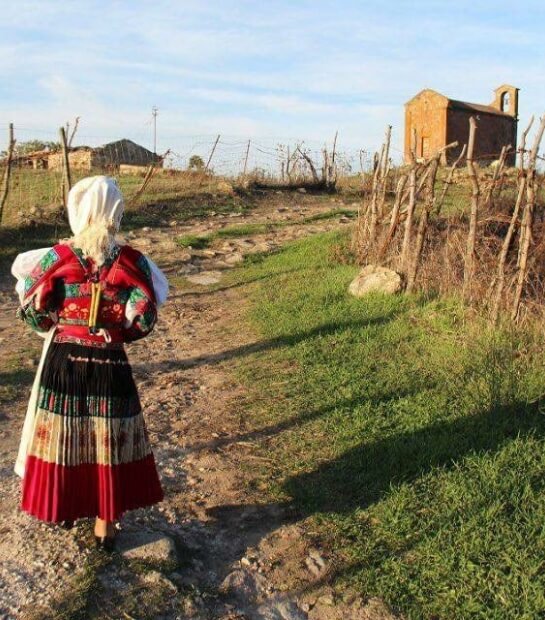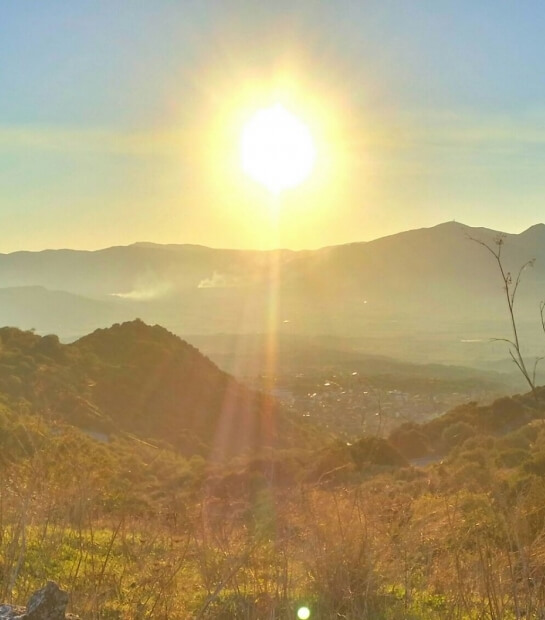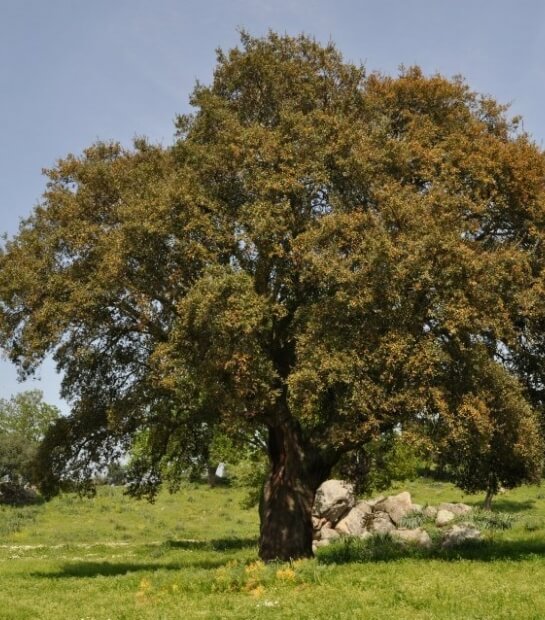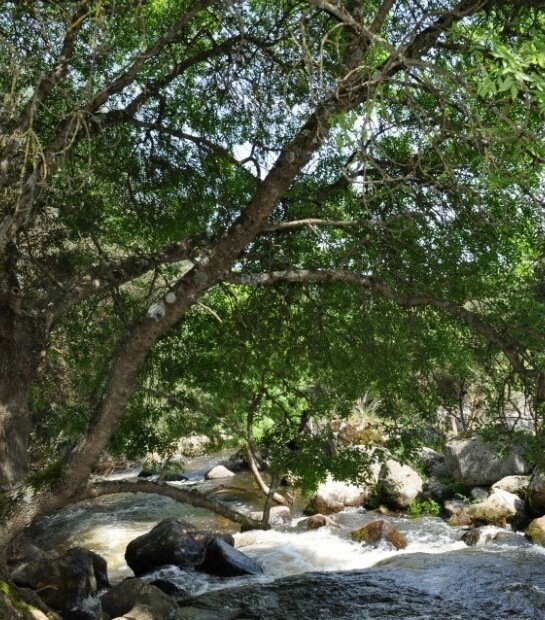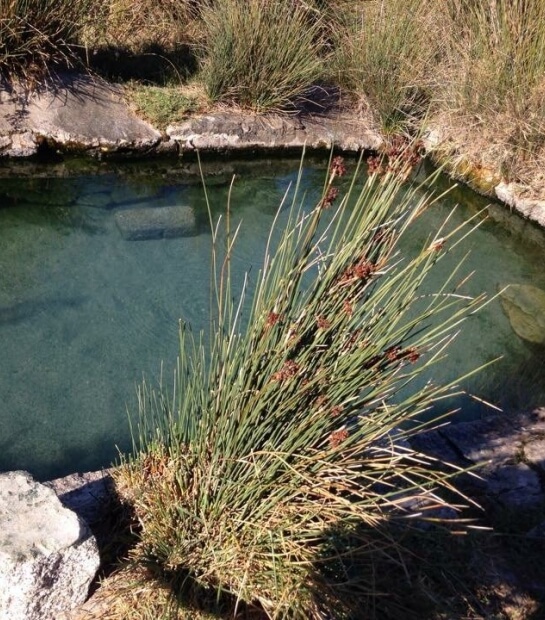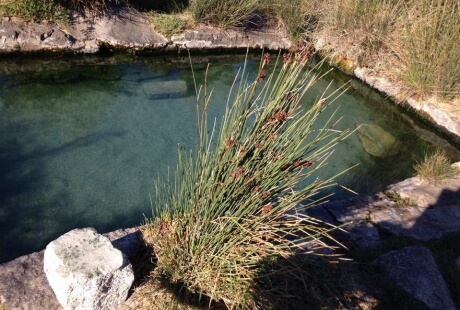
The spas
The local area, which is on the border between the provinces of Sassari and Nuoro, has been renowned for centuries for its thermal spas.
Already lauded by the Romans with the name "acquae lesitanae", the sources of warm, sulphurous, chalybeate water are appreciated to this day for their therapeutic properties (which give rise to the name of the town "Bene-tutti", meaning "good for all") and give rise to a number of thermal spas on the plain of San Saturnino, a place that owes its name to the nameless church in the Pisan Romanesque style constructed in the 11th century and located in splendid isolation right at the centre of the upper Tirso valley.
Just a short stroll from our hotel you will come to one of the local thermal spas, alongside numerous other springs that can be accessed for free.
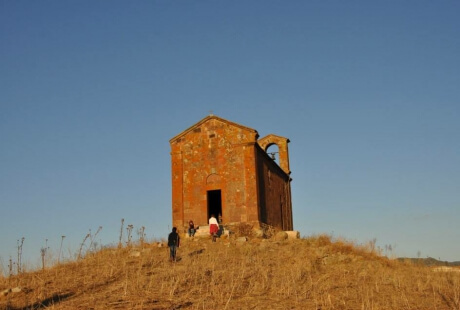
Archaeology
The Benetutti area is extraordinarily rich in terms of traces of the past, and affords an ideal opportunity to experience first-hand – perhaps even on horseback – the still-intact heritage of the neolithic age and the nuragic civilisation.
Alongside the never-ending fascination of the nuraghi, you can also admire the so-called giants' tombs (characteristic burial chambers of the nuragic peoples) and the domus de Janas, which are funerary caves carved out of the rock that, due to their similarity to the homes of the living, in the popular imagination they were inhabited by small female magic beings, "sas Janas" (the fairies).
Other historical/archaological remains in this part of the island include a labyrinthine rock carvings that is amongst the oldest ever found.
The engraving depicting the labyrinth – with a diameter of 30 cm and through to date from around 6000 years ago – is etched within a domus de Janas in the area known as Luzzanas, and is analogous to those found, for example, in the Kom Ombo temple in Egypt, on a column of the Tal mosque in Pakistan, on a rock at Machu Pichu in Peru and in many other archaeological sites scattered around the world.
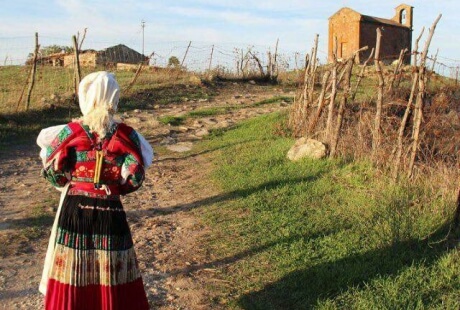
Art and traditions
Conserved in its churches, Benetutti has a significant collection of artworks, constituted by religious objects, wooden statues, wall frescoes and paintings dating from the 16th to the 18th centuries.
Of these, one that stands out for its beauty and prestige is the "retablo di Sant'Elena", which comprises four panels painted in the 16th century by Maestro di Ozieri, a refined artist of the Michelangelesque school, which is considered one of the most original pieces of Sardinian Renaissance art.
The town is very much bound up with its traditions, and the artisanal production of bread, sweets and fabrics continues to this day, along with the processing of leather, hide and wood.
In the summer months, you can discover these and other Sardinian popular traditions: the town celebrations recreate the colours and sounds of the island's folklore, which expresses a heritage stretching back centuries but still intact, with music and singing that are now appreciated even well beyond the island.


